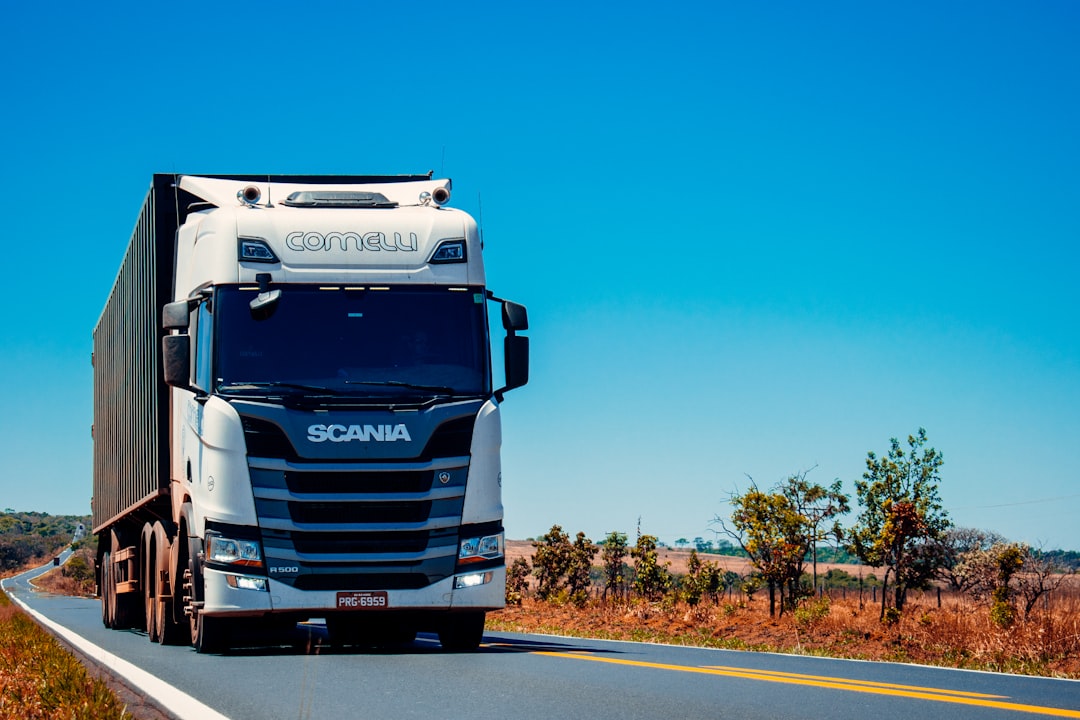How a Cross Dock Facility Benefits Warehousing Organizations

Cross docking is simply a procedure in logistics where unloading freight from an arriving truck or container to a waiting cargo vessel, most often the procedure is done in an instant and sometimes in a very short period of time. In fact some logistics operations are characterized by instant cross docking. However, instant cross docking can be a result of many factors. One of the most important is when a cargo vessel is docked at a certain location for a long period of time because of weather conditions that prevent cargo from moving easily. The situation can only be remedied if the vessel is moved quickly to another port.
Some of the other reasons for which cross docking services can be required include unloading goods that are overweight or extremely heavy, unloading dangerous items such as chemicals and weapons, unloading fragile but useful items, unloading refrigerated items and other perishable items, unloading water damaged items and many more. The movement of freight can also be required due to docking or shipper-financed goods. It can be for cargoes or bulk cargo. In all cases, good planning and a sound strategy should be practiced before engaging the services of a cross docking services provider.
The distribution process, for example, can be made easier when a large vessel with heavy cargo is docked at a port for a considerable amount of time. This makes it possible for the transport of goods throughout the distribution process. Similarly, the transportation of perishable goods and hazardous goods can also be made easier through use of a cross docking service. In fact, this can even lead to the prevention of spoilage and the saving of valuable resources.
There are several other reasons why a cross docking service is required. First, it allows the transportation of goods that are not normally handled at the receiving dock. For instance, the transportation of raw materials and finished goods requires special trucks that cannot accommodate all the various kinds of goods that are being transported. This is because the trucks that are used in the receiving dock may not have the capacity to haul a particular type of good. When a receiving dock is not available, the distribution process cannot begin.
The second reason why the transportation of goods through a cross docking facility can be beneficial is because it improves the efficiency of the distribution process. When the distribution process is made easier, the time taken to transport goods from the receiving dock to the point of destination becomes faster. This leads to an improved customer satisfaction rate. It also leads to improved warehouse management since the products in the warehouse can be obtained at the desired location. The chain of custody also reduces risks of lost goods and it helps the manufacturer to establish a sound business relationship with its customers. When the distribution process occurs at a cross docking facility, the manufacturer can ensure fast delivery of the goods since there are no delays in the chain of custody.
A logistics company also allows the manufacturer to save on costs because the system makes it possible for the manufacturer to determine the best location for storage of finished goods that are being distributed. With this efficient management system, there will be no need to rent or buy additional storage space. When the truck arrives at the warehouse, the door is opened and the products are loaded into the truck. As soon as the truck leaves the warehouse, the door closes and the goods are placed back in the truck. This type of service helps to improve the efficiency of the distribution process, which results in improved customer satisfaction rates, faster inventory turnover, and lower costs. Knowledge is power and so you would like to top up what you have learned in this article at: https://en.wikipedia.org/wiki/Truck_classification.